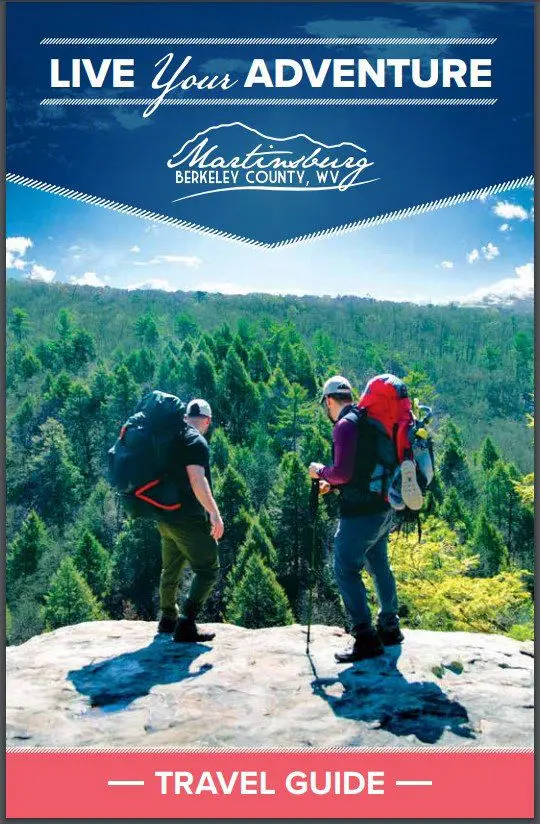Population & Demographics: Understanding Our Diverse Community
Martinsburg, as part of the Martinsburg-Hagerstown Metropolitan Statistical Area (MSA), has experienced steady growth over the years. As of the latest census, the city itself has a population of around 18,000, while the broader MSA, which includes parts of Maryland, West Virginia, and Pennsylvania, is home to nearly 270,000 people. This growing community reflects a balanced mix of both small-town charm and urban conveniences, drawing families, professionals, and retirees alike to its welcoming environment.
The city's demographics reflect a diverse and increasingly cosmopolitan population. While the majority of the population is White, Martinsburg is home to a growing African American, Hispanic, and Asian community, contributing to the city’s vibrant cultural landscape. Many international festivals and events are held throughout the year, celebrating the diversity of the community and fostering a sense of inclusivity. Additionally, Martinsburg is a city where over 10 different languages are spoken, reflecting its multicultural environment.
Martinsburg’s economy supports a variety of industries, including healthcare, manufacturing, and government services, which provide ample employment opportunities for local residents and those relocating to the area. The average income for residents in Martinsburg is in line with state averages, but with the area’s relatively low cost of living, residents enjoy a comfortable standard of living. For physicians and their families considering relocation, there are also job opportunities in neighboring industries like education, technology, and business, particularly in nearby cities such as Hagerstown, Maryland, or Winchester, Virginia.
The community is known for its family-friendly atmosphere and welcoming neighborhoods, making it a popular choice for those seeking both career growth and a high quality of life. With a growing, diverse population and an expanding job market, Martinsburg offers a dynamic place to live for individuals and families from all walks of life.
